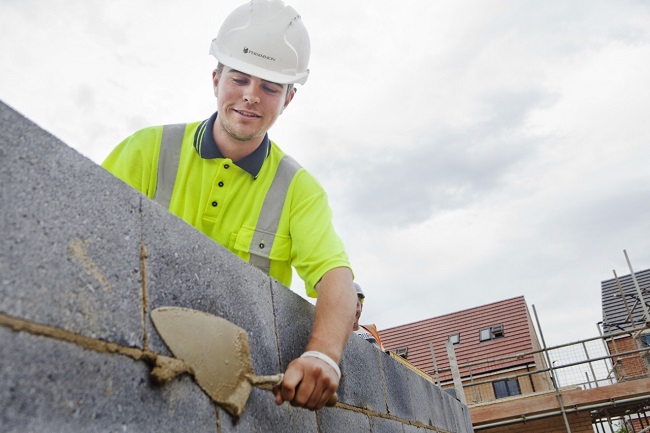Housebuilding fall hampers construction rebound

Housebuilding activity has dropped at its sharpest rate since May 2020 according to the latest data from the S&P Global / CIPS UK Construction PMI.
March data highlighted another rise in UK construction output, helped by a moderate increase in new orders. The civil engineering category saw the fastest rise in business activity, while house building was the weakest-performing area. Lower volumes of residential building work have now been recorded for four months in a row.
Supply conditions improved in March, reflecting greater availability of construction products and materials, alongside fewer logistics bottlenecks. The overall improvement in vendor performance was the strongest since November 2009.
At 50.7 in March, the headline seasonally adjusted S&P Global / CIPS UK Construction Purchasing Managers’ Index (PMI) – which measures month-on-month changes in total
industry activity – was down from 54.6 in February but above the 50.0 no-change threshold for the second month running.
The latest reading signalled a marginal overall increase in total construction output.
Civil engineering activity (index at 52.0) was the fastest growing area of construction output in March. Survey respondents again cited a boost from work on HS2 infrastructure projects and robust demand for other transport-related construction activity.
The latest survey also signalled an increase in commercial building work (index at 51.1), although the rate of expansion eased from February’s nine-month high. Meanwhile, housing activity (index at 44.2) decreased at a sharp and accelerated pace in March. The rate of decline was the fastest since May 2020, with survey respondents often citing fewer tender opportunities due to rising borrowing costs and a subsequent slowdown in new house building projects.
Tim Moore, economics director at S&P Global Market Intelligence, which compiles the survey, said: “UK construction companies experienced a sustained rebound in output levels during March as work on civil engineering and commercial projects picked up for the second month running.
“Improved tender opportunities were also reflected in an upturn in new orders since February and the strongest rate of job creation for five months.
“A sharp and accelerated decline in house building was the main area of concern in March.
“Cutbacks to new residential projects in the wake of subdued demand and rising interest rates contributed to the sharpest fall in housing activity across the construction sector for almost three years.
“Despite worries about the near-term outlook for housing activity, expectations for total construction output during the year ahead were relatively upbeat in March.”
Brian Berry, chief executive of the FMB said: “While the data reveals overall construction activity is on the rise, and access to materials is easing, the latest stats show the delivery of new homes continues to decline. It’s troubling that house building is the weakest-performing area within construction as the country is in the grips of a housing crisis, with smaller builders feeling the pinch on top of decline in their output over recent decades.
“The FMB supports the Government’s plans to build more beautiful and locally sympathetic homes, but there is no clear plan for how this will happen. We need to see increased funding to local authority planning departments to help them take on and train more planning staff and a greatly simplified planning process to get homes out of planning purgatory.”
















